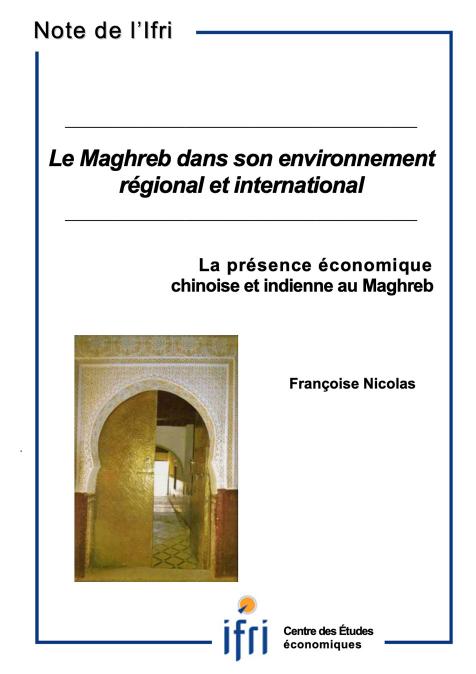Publications /
Policy Paper
China’s Belt and Road Initiative (BRI) is an international trade and development strategy. Launched in 2013, it is one of the ways China asserts its role in world affairs and captures the opportunities of globalisation. The BRI has the potential to enhance development prospects across the world and in China, but that potential might not be realised because the BRI’s objectives are too broad and ill-defined, and its execution is too often non-transparent, lacking in due diligence and uncoordinated.
Originally published by Bruegel, the Belgium-based think-tank and partner of Policy Center for the New South, this Policy Contribution offers a reflection by Michael Baltensperger and Uri Dadush on China’s Belt and Road Initiative, five years after its launch.





